Table of content
Chinese cabbage heart, often referred to as the tender core of Napa cabbage, is a culinary treasure celebrated for its delicate texture, mild sweetness, and versatility in the kitchen. Often overlooked in favor of its leafier outer layers, the cabbage heart holds a unique culinary potential that can elevate dishes from simple stir-fries to gourmet presentations. This article explores the nuances of selecting, preparing, and cooking Chinese cabbage heart to maximize its flavor and nutritional benefits. Whether you’re a home cook seeking weekday meal inspiration or a food enthusiast eager to expand your repertoire, this guide will equip you with the knowledge to transform this humble ingredient into a star player on your plate.
Understanding Chinese Cabbage Heart
Chinese cabbage, scientifically known as Brassica rapa subsp. pekinensis, is a staple in Asian cuisine, prized for its crisp leaves and subtle flavor. The heart of the cabbage, located at its center, is the most tender part, characterized by tightly packed, pale-green to yellowish leaves. Unlike the outer leaves, which are sturdier and more fibrous, the heart offers a buttery texture and a mild, almost sweet taste. This section is not only a delight to eat but also a nutritional powerhouse, rich in vitamins C and K, fiber, and antioxidants.
Selecting the Freshest Cabbage Hearts
The journey to a delicious dish begins at the grocery store or farmers’ market. When choosing Chinese cabbage, look for heads that feel heavy for their size, a sign of freshness and moisture retention. The outer leaves should be crisp, vibrant, and free from blemishes or wilting. To access the heart, you’ll need to remove the outer layers, but selecting a fresh head ensures the heart is at its prime.
Preparation Techniques: Cleaning and Cutting
Before cooking, the cabbage heart requires minimal preparation. Start by trimming the base of the cabbage to loosen the leaves. Gently peel away the outer layers until you reach the pale, tightly wound heart. Rinse the heart under cold water to remove any dirt, then pat it dry with a kitchen towel.
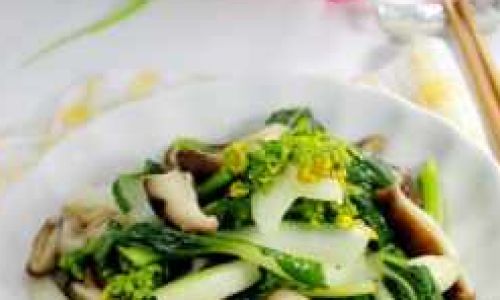
The way you cut the cabbage heart depends on the recipe. For stir-fries, shred the heart into thin strips to ensure quick, even cooking. For soups or stews, chop it into larger, bite-sized pieces to maintain its texture. If using it raw in salads, slice it into fine shreds or ribbons to maximize its crunch.
Cooking Methods: From Stir-Fries to Soups
Stir-Fried Cabbage Heart with Garlic and Oyster Sauce
Stir-frying is a classic Chinese technique that highlights the cabbage heart’s delicate flavor while retaining its crispness. Here’s a simple yet flavorful recipe:
Ingredients:
- 1 medium Chinese cabbage heart, thinly sliced
- 3 garlic cloves, minced
- 1 tbsp vegetable oil
- 1 tbsp oyster sauce (or vegetarian oyster sauce for a vegan version)
- 1 tsp soy sauce
- 1/2 tsp sugar
- 1/4 tsp white pepper
- 1 tbsp sesame oil (optional, for garnish)
- 2 green onions, chopped (for garnish)
Instructions:
- Heat the vegetable oil in a wok or large skillet over medium-high heat.
- Add the minced garlic and stir-fry for 30 seconds until fragrant.
- Toss in the sliced cabbage heart and stir-fry for 2-3 minutes until slightly wilted but still crisp.
- Stir in the oyster sauce, soy sauce, sugar, and white pepper. Mix well to coat the cabbage.
- Cook for an additional 1-2 minutes, then remove from heat.
- Drizzle with sesame oil and sprinkle with green onions before serving.
Tips:
- Avoid overcooking the cabbage to prevent it from becoming soggy.
- Adjust the seasoning to taste—a pinch of chili flakes can add heat if desired.
Cabbage Heart and Tofu Soup
This comforting soup combines the cabbage heart’s sweetness with the creaminess of tofu, creating a light yet satisfying dish.

Ingredients:
- 4 cups vegetable or chicken broth
- 1 Chinese cabbage heart, roughly chopped
- 1 cup firm tofu, cubed
- 1 tbsp ginger, grated
- 1 tbsp soy sauce
- 1 tsp sesame oil
- Salt and white pepper to taste
- 2 green onions, sliced (for garnish)
Instructions:
- In a large pot, bring the broth to a simmer over medium heat.
- Add the grated ginger and chopped cabbage heart. Cook for 5 minutes until the cabbage softens.
- Gently stir in the tofu cubes and soy sauce. Simmer for another 3-4 minutes.
- Season with salt, white pepper, and sesame oil.
- Serve hot, garnished with green onions.
Variations:
- Add mushrooms or shredded chicken for extra protein.
- For a spicy twist, include a sliced red chili during cooking.
Cold Cabbage Heart Salad with Sesame Dressing
Perfect for warm weather, this salad showcases the cabbage heart’s refreshing crunch.
Ingredients:
- 1 Chinese cabbage heart, finely shredded
- 1 carrot, julienned
- 1/4 cup fresh cilantro, chopped
- 2 tbsp toasted sesame seeds
- Dressing:
- 2 tbsp rice vinegar
- 1 tbsp soy sauce
- 1 tsp honey or maple syrup
- 1 tsp sesame oil
- 1 garlic clove, grated
Instructions:

- In a large bowl, combine the shredded cabbage, carrot, and cilantro.
- Whisk together the dressing ingredients in a small bowl.
- Drizzle the dressing over the salad and toss gently to coat.
- Sprinkle with toasted sesame seeds before serving.
Tips:
- Let the salad chill in the refrigerator for 30 minutes to allow the flavors to meld.
- Add sliced almonds or mandarin oranges for a textural contrast.
Braised Cabbage Heart with Soy and Ginger
Braising transforms the cabbage heart into a meltingly tender side dish, infused with umami-rich flavors.
Ingredients:
- 1 Chinese cabbage heart, quartered lengthwise
- 2 tbsp vegetable oil
- 1 tbsp fresh ginger, thinly sliced
- 1/4 cup soy sauce
- 1/4 cup water or vegetable broth
- 1 tbsp brown sugar
- 1 tsp rice vinegar
- 1 star anise (optional)
Instructions:
- Heat the oil in a large skillet over medium heat. Add the ginger and star anise (if using) and cook for 1 minute.
- Place the cabbage heart quarters in the skillet, cut-side down. Cook for 2-3 minutes until lightly browned.
- Flip the cabbage and add the soy sauce, water, brown sugar, and rice vinegar.
- Cover and simmer for 10-12 minutes until the cabbage is tender.
- Remove the lid and reduce the sauce for 2-3 minutes. Serve warm.
Pairing Suggestions:
- Serve alongside roasted meats or fried rice for a balanced meal.
Advanced Techniques: Pickling and Fermenting
For those with a penchant for preserved foods, the cabbage heart lends itself beautifully to pickling and fermenting.
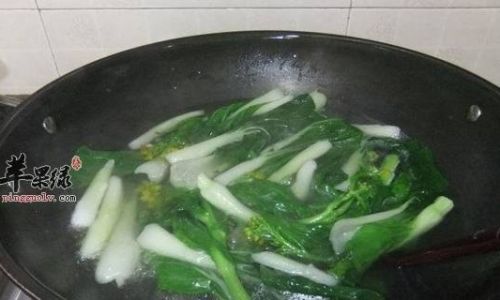
Quick Pickled Cabbage Heart
Ingredients:
- 1 Chinese cabbage heart, thinly sliced
- 1 cup rice vinegar
- 1/2 cup water
- 2 tbsp sugar
- 1 tbsp salt
- 1 tsp red pepper flakes (optional)
Instructions:
- In a saucepan, combine the vinegar, water, sugar, salt, and red pepper flakes. Bring to a boil, then remove from heat.
- Place the cabbage in a heatproof jar and pour the hot brine over it.
- Let cool to room temperature, then refrigerate for at least 2 hours before serving.
Uses:
- Top tacos, burgers, or grain bowls with these tangy pickles.
Fermented Cabbage Heart (A Precursor to Kimchi)
While not traditional kimchi, this ferment adds probiotic benefits and depth of flavor.
Ingredients:
- 1 Chinese cabbage heart, shredded
- 1 tbsp sea salt
- 1 tbsp gochugaru (Korean red pepper flakes)
- 2 garlic cloves, minced
- 1 tsp grated ginger
Instructions:
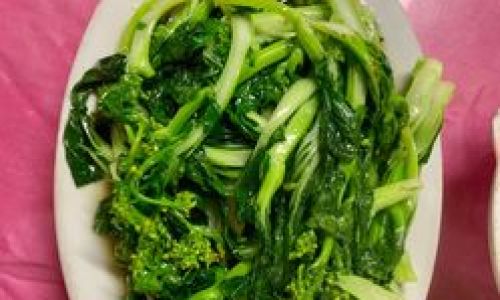
- Toss the cabbage with salt in a bowl. Let sit for 1 hour to release moisture.
- Rinse the cabbage and drain well. Mix with gochugaru, garlic, and ginger.
- Pack the mixture into a clean jar, pressing down to submerge in brine.
- Cover and ferment at room temperature for 3-5 days, then refrigerate.
Tips for Enhancing Flavor and Texture
- Balance Flavors: The cabbage heart’s mildness pairs well with bold ingredients like garlic, ginger, and soy sauce.
- Preserve Crispness: Avoid overcooking; aim for a slight crunch.
- Experiment with Textures: Combine raw and cooked cabbage in salads or stir-fries for contrast.
- Add Aromatics: Infuse oils with shallots or lemongrass before cooking for layered flavors.
Nutritional Benefits and Culinary Versatility
Beyond its culinary appeal, Chinese cabbage heart is a low-calorie, nutrient-dense food. Its high fiber content aids digestion, while vitamins C and K support immune function and bone health. Its neutral flavor makes it a canvas for global cuisines—try it in coleslaw, spring rolls, or even grilled as a vegetarian “steak.”
Conclusion
Chinese cabbage heart is a testament to the idea that simplicity can be extraordinary. By mastering techniques like stir-frying, braising, and pickling, you can unlock its full potential, turning an everyday ingredient into a memorable dish. Whether you’re crafting a quick weeknight meal or impressing dinner guests, the cabbage heart’s adaptability and delicate charm make it a worthy addition to any kitchen. Experiment with these recipes, and let your culinary creativity flourish.
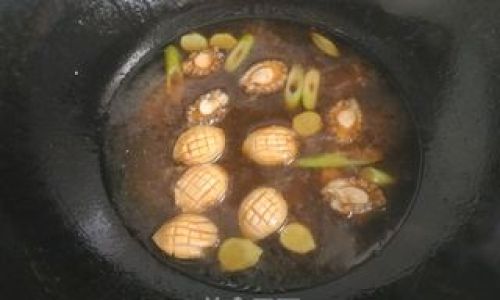
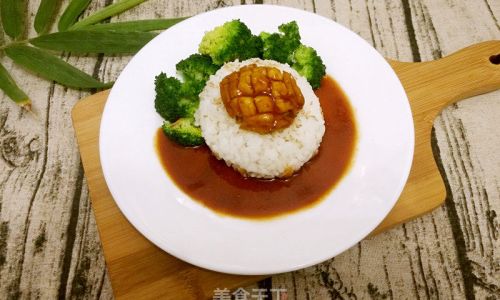
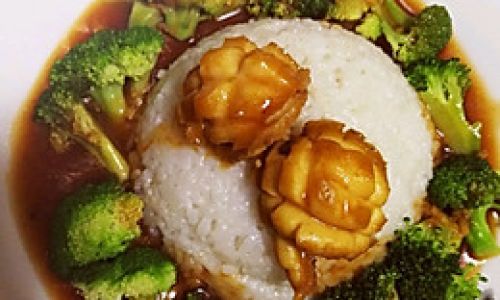
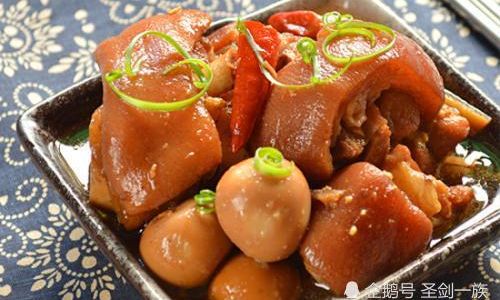
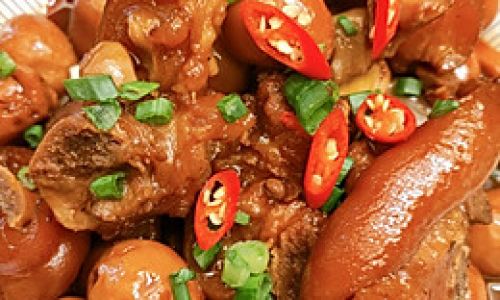
0 comments